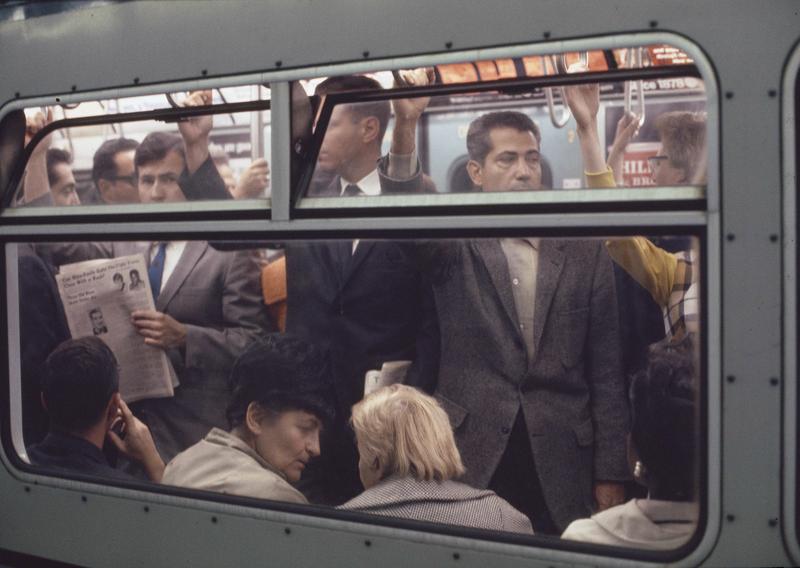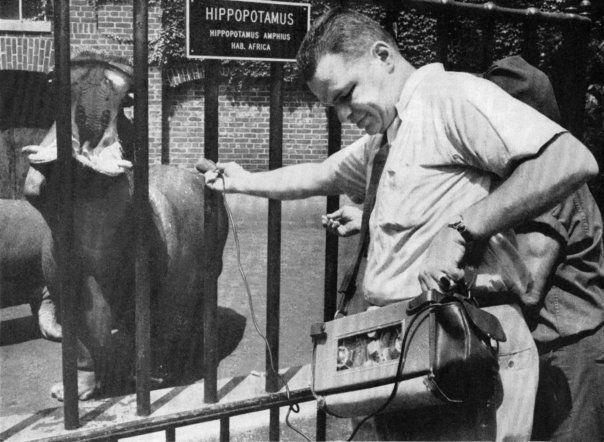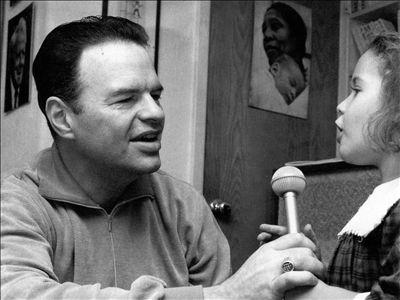
We project our voices differently depending on the room we are in and how far we are from our interlocutors. In the 1981 book, Media: The Second God, former WNYC host and sound archivist Tony Schwartz (1923 - 2008) reminds us that with the medium of radio the distance between the broadcaster and their audience is the distance between the speaker and their microphone.
Schwartz matured radio to its medium specificity by precisely exploring this intimate power. Tony was not one to bellow or project. He spoke softly and maintained a preference for natural speech. As an archivist and anthropologist, he held his microphone out to what was near. His fieldwork was not performed in far-flung locales among exotic peoples, but on the streets of New York City in communion with the residents of his neighborhood.
As a colleague of Marshall McLuhan and a professor in his own right, Schwartz’s interest in media extended to theory as well as practice. His vision of the world was one of an amended pre-literacy, of the sensate overcoming the hegemony of linear, cognitive thought. In his view, the dominance of the printed word had to contend with the new sight and sound that was now eminently accessible and permanently cut on lacquer, magnetized onto tape, and printed onto celluloid.
Unlike the Frankfurt School and the Situationists, Schwartz was an optimist who embraced modernity and technology. His idiosyncratic understanding of media made him into an advertising guru and a reluctant fixture in the Madison Avenue crowd. Among his most prominent clients were Coca-Cola and President Lyndon B. Johnson, whose Tony Schwartz advertising campaigns were heralded as unbridled, iconic successes.
While Schwartz obliquely acknowledged that media technology could reify the pathologies of capitalism and political power, he was adamant in positively appraising television and radio for their instantaneity and efficiency as communication devices. Consider, for example, how difficult it would be to describe a kangaroo to someone who has no preconceived notion for this animal. With access to a radio and television set, a child living in the middle of America can intimately and intuitively know the hop of a kangaroo, the undulating motions of the ocean, and the sound of foreign languages.
With a multi-media archive, we too traverse worlds, but with the emphatic axis of time. Schwartz’s urban anthropology becomes more interesting to us as his recordings recede further into the past. These sounds are of even greater importance when we realize there is only so much that can be circumscribed by erudite disciplines. Politics and economics are indispensable in reconstituting historical conditions, but what can they tell us about everyday life? Or the perspective of the average person?
The practice of cultural history, the French Annales school, and histoire des mentalités address these methodological lacunae of traditional history. Whether Schwartz was conscious of these academicians or not, he is among them as one the most creative, intuitive, and passionate.
This clip is the first installment in a series called Found Sound, inspired by the aural empathy and deep listening of Tony Schwartz. Here is a small tribute to both him and the New York City subway.


